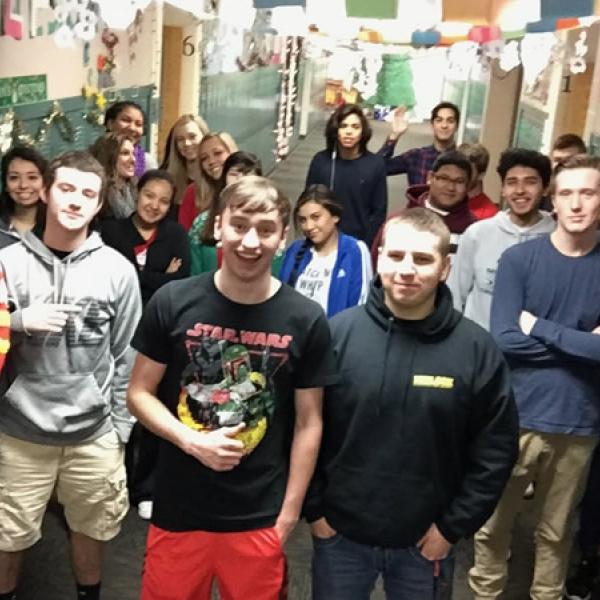Spaces Teachers Create
My third-grade year began in a portable classroom and ended with me almost getting my eye shot out with a bb gun by my older brother. It was a traumatic year, but I'll save the bb gun incident for another time.
What I remember more fondly is how Mr. Eynon created a space in this portable classroom that showcased all the things that science had to offer us. I can't remember any desks as much as a central area with books, a record player, and stations in the corners. I don't remember a daily routine as much as the constant activity of working through various reports and discoveries about the world outside. Here, Mr. Eynon introduced us to life sciences, and I found out about dinosaurs and various other animals that were common to our area in Northern California.
In fourth grade, we moved to a new school and Miss Pallet's classroom. Miss Pallet, possibly the oldest person at that school, put us in desks and taught us to work in the morning and play in the afternoon. She wrote all of our academic work for the day on the chalkboard. Then she explained that when we had completed that work in a satisfactory manner, we could explore or extend any other intellectual pursuit we wanted.
I used that time and space to fiddle with prisms and think about the many colors and frequencies of light. I experimented with magnets and metal shavings and the charges of electricity. In a sense, Miss Pallet was doing Genius Hour, long before we heard Google was using it.
We live in a world of standardizing and testing and texting, of school competition and shrinking budgets. Our students are filled with stress and anxiety of epidemic proportions. Sometimes it seems as though we have little control and that there are those who hold all of the code for our daily living. Sometimes we might feel as if someone has forgotten the end-user, the humans.
But herein lies our impact as educators: If anything, we need to step back and remember the spaces of learning we can create. Spaces that expose students to a wide range of information and give them the opportunity to independently explore their interests and their own humanity.
Even now, years later, I think of Miss Pallet and Mr. Eynon and the spaces they cultivated for me as an active learner. I am reminded of them as I walk into a local grocery store and inevitably turn a corner, hear a "Hey, Mr. Judson," and find a former student who wants to engage in conversation.
We are teachers even after we leave the classrooms, and they are still students when they graduate. Let us continue to give ourselves and our students those spaces of learning.
